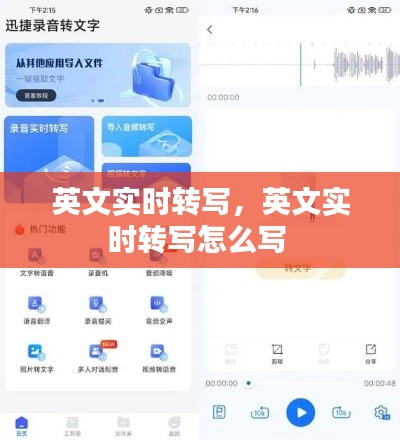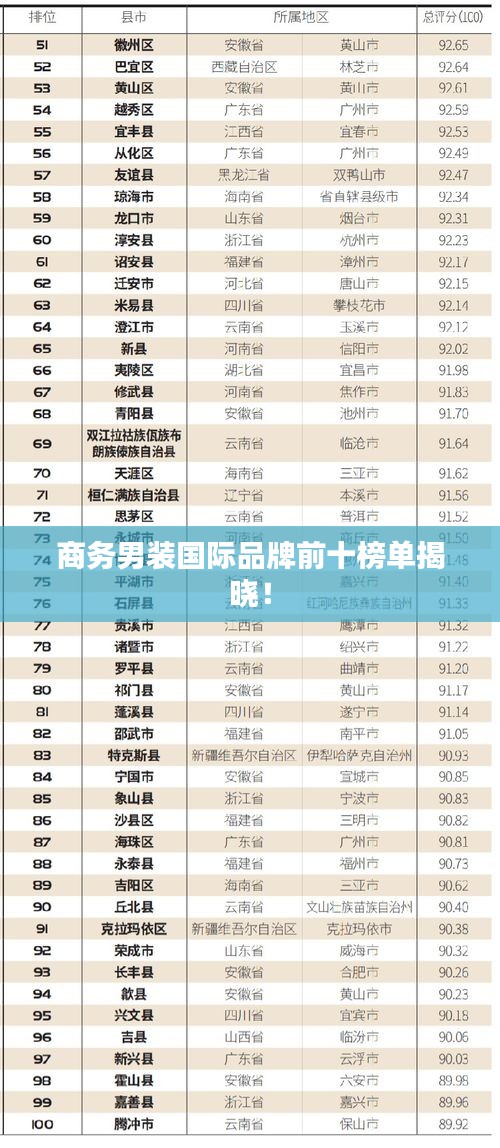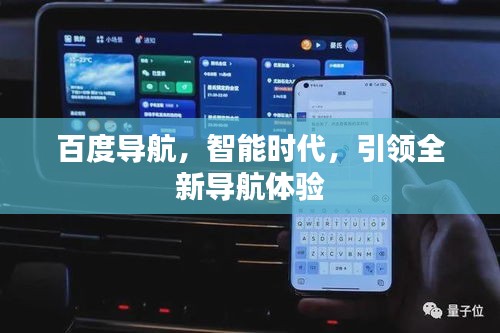Introduction to Real-Time Transcription
In the fast-paced digital world, effective communication is key. With the advent of technology, the way we interact and share information has evolved. One such innovation is real-time transcription, which has become increasingly popular in various fields, including conferences, meetings, and online communication. Real-time transcription involves converting spoken words into written text almost instantaneously, making it easier for individuals to follow discussions, create accurate records, and enhance accessibility.
How Real-Time Transcription Works
Real-time transcription relies on sophisticated algorithms and advanced speech recognition technology. The process typically involves the following steps:
Capturing Audio: The first step is to capture the audio from the source, which could be a speaker at a conference, a meeting, or an online conversation.
Speech Recognition: The audio is then processed by a speech recognition engine, which translates spoken words into digital text. This engine uses complex algorithms to interpret the nuances of human speech, including accents, dialects, and slang.
Text Processing: The digital text is then formatted and processed to ensure accuracy. This may involve correcting errors, adding punctuation, and formatting the text to match the context of the conversation.
Displaying the Transcription: Finally, the transcribed text is displayed in real-time on a screen or a digital device, allowing users to read the conversation as it happens.
Applications of Real-Time Transcription
Real-time transcription has a wide range of applications across different industries:
Conferences and Seminars: Real-time transcription enables attendees to follow presentations and discussions more easily, especially for those who are deaf or hard of hearing. It also helps in creating detailed records of the event for future reference.
Business Meetings: In professional settings, real-time transcription ensures that all participants can keep up with the conversation, regardless of their speaking abilities or language proficiency. It also helps in maintaining accurate minutes of the meeting.
Online Communication: For online meetings, webinars, and video calls, real-time transcription provides a way to capture and share the conversation, making it easier to follow along and reference later.
Accessibility: Real-time transcription is a valuable tool for individuals with hearing impairments, enabling them to participate fully in conversations and access information that would otherwise be difficult for them to understand.
Challenges and Limitations
While real-time transcription offers numerous benefits, it also comes with its own set of challenges and limitations:
Accuracy: Despite advancements in speech recognition technology, real-time transcription is not always 100% accurate. Factors such as background noise, poor audio quality, and complex dialects can affect the accuracy of the transcriptions.
Speed: The speed at which real-time transcription can process and display text can vary. In some cases, the transcription may lag behind the actual conversation, making it difficult for users to follow along.
Cost: High-quality real-time transcription services can be expensive, especially for large-scale events or ongoing projects. This can be a barrier for organizations with limited budgets.
The Future of Real-Time Transcription
As technology continues to advance, the future of real-time transcription looks promising. Here are some potential developments:
Improved Accuracy: With ongoing research and development, speech recognition algorithms are expected to become more accurate, reducing errors and improving the overall quality of transcriptions.
Enhanced Accessibility: Real-time transcription will likely become even more accessible, with more affordable and user-friendly solutions available to a wider audience.
Integration with Other Technologies: Real-time transcription may be integrated with other technologies, such as artificial intelligence and machine learning, to provide more advanced features and functionalities.
In conclusion, real-time transcription has become an invaluable tool for enhancing communication and accessibility in today's world. While it is not without its challenges, the continued development of speech recognition technology promises a brighter future for real-time transcription services.
转载请注明来自江苏安盛达压力容器有限公司,本文标题:《英文实时转写,英文实时转写怎么写 》














 苏ICP备2020065159号-1
苏ICP备2020065159号-1